Nine things you should never do when hiking
Don't be one of those people who do any of these things

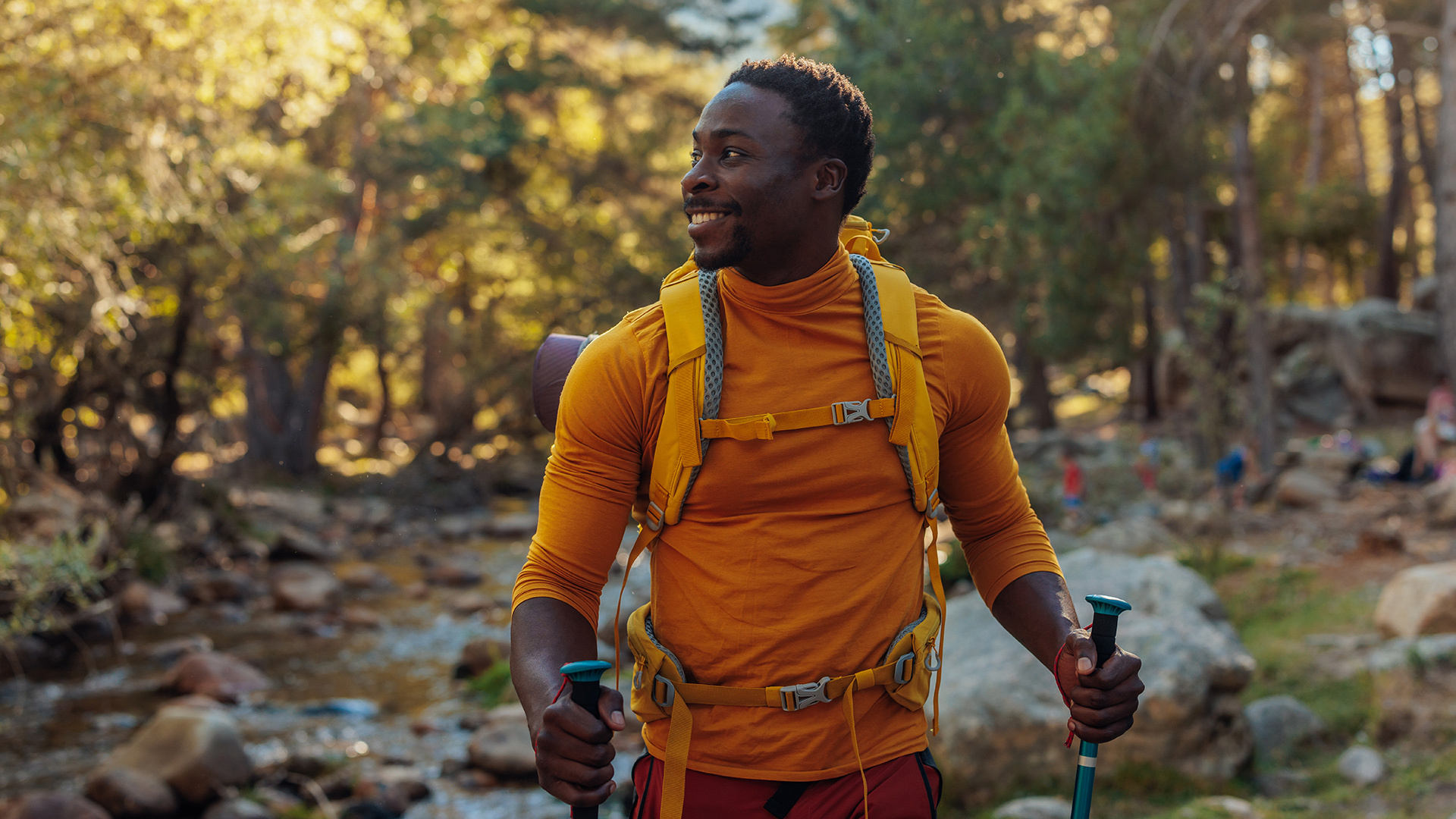
There are many things you should do when hiking (e.g. enjoy the scenery, take your litter with you), but there is also a list of things you should never do when you're out in the wild. So before you put on your hiking boots and hiking backpack and set your eyes on the horizon, read our list below of the big no-nos of hiking etiquette. But before you head over and check the list, make sure you also read my top hiking (I've been hiking all my life, and these 7 items are always in my backpack) and camping tips (5 features I look out for when buying a new tent).
1. Never… Wear cotton
While you can get away with sporting cotton and denim on the most casual summer strolls, they’re a bad choice of clothing for proper hiking, as cotton feels super uncomfortable if it gets even slightly wet from damp weather or sweat and takes a long time to dry even in bright sunshine. Swap your jeans for lightweight trekking trousers, shorts or tights made from synthetic materials, and your cotton shirt for a breathable and quick-to-dry base layer made from merino wool or bamboo.
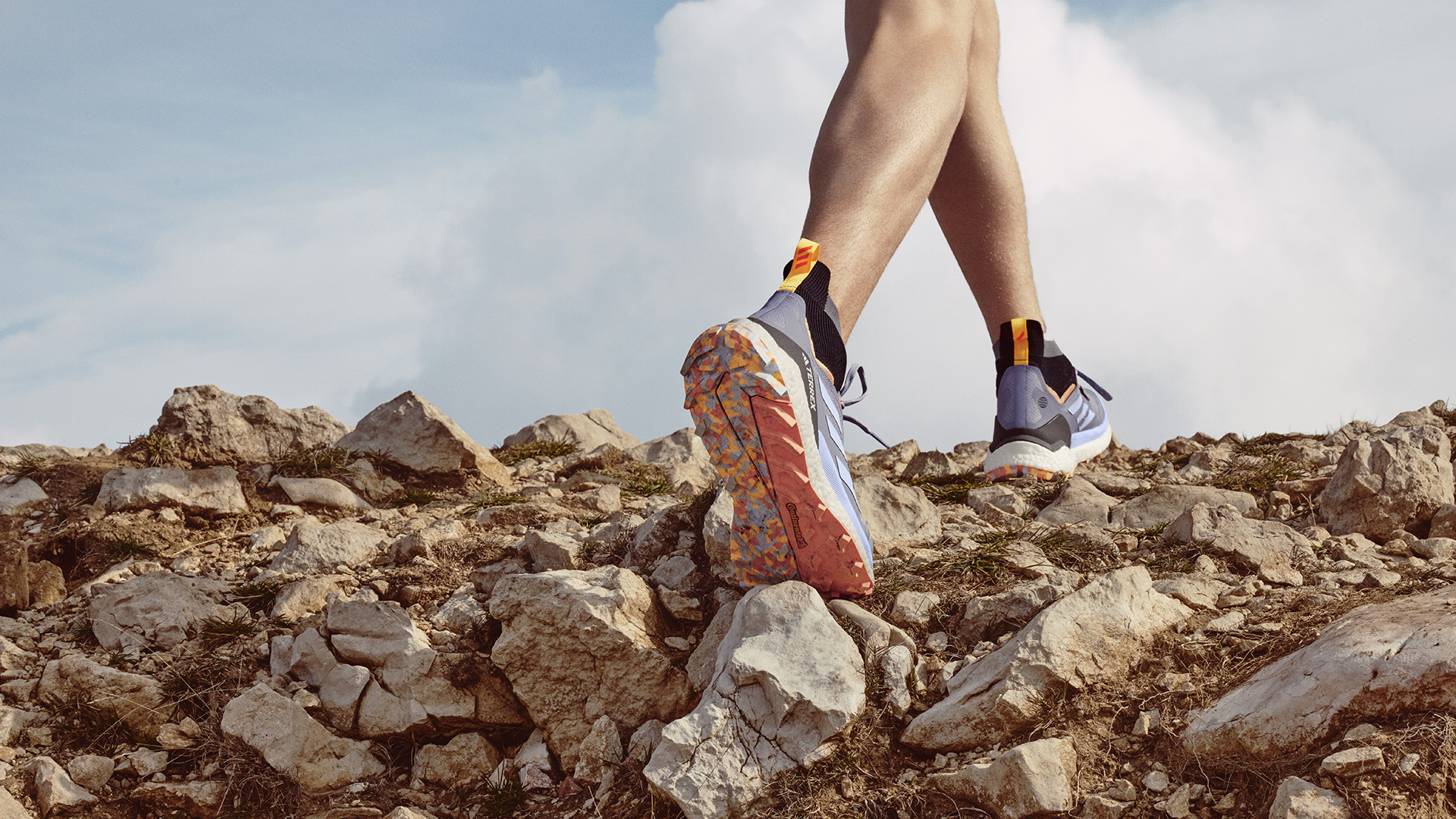
2. Never… Wear rubbish shoes
We’ve all been there - you finally reach the summit of Snowdon, sweaty and knackered after a three-hour ascent clad in full hiking gear, and up on the summit you encounter – a 12-year-old in Crocs making the whole thing look effortless. While many people do go walking in casual trainers or sandals, it really is a better idea to choose proper hiking boots in winter and hiking shoes in the summer – look for sturdy models with grippy soles to keep you on track, solid toe and heel boxes to protect your feet and a waterproof membrane to keep your tootsies dry in bad weather.
3. Never… Litter
I doubt most T3 readers need me to tell them not to drop litter on trails, but it really is heartbreaking how much trash you’re likely to encounter on your average walking route in the UK. You likely already take your litter home, but don’t forget that leaving no trace of your time in nature also means not lighting fires, respecting rights of way, leaving flora and fauna as you found them and taking everything (yes, that includes your used loo roll) off the mountain with you when you head home. If you really want to be a hiking good fairy, you could do a quick litter pick on your route to leave it in better condition than you found it.
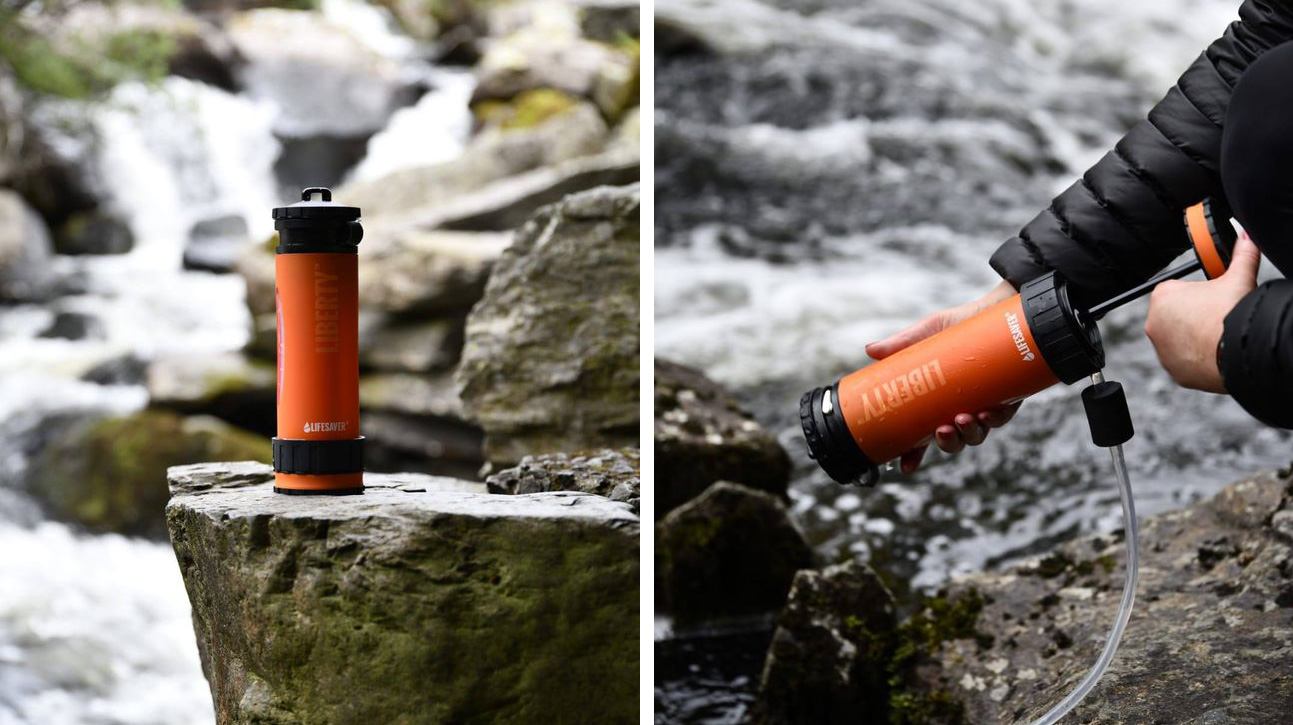
4. Never… Forget about water
Getting dehydrated while hiking is very dangerous, and you'll need more water than you might think - as a rule of thumb, you should aim to drink around 250ml of water per half hour on the trail or one litre per two hours of hiking. Having a hiking water bottle on you is, therefore, highly recommended.
That said, you can't easily carry around so much water – it'd be very uncomfortable on your walk. Instead, if you're going on a multi-day trek and need to carry more than a few litres, boil water from a natural source or bring along a water filtering bottle, like the LifeSaver Liberty Water Purifier Bottle, that you can top up from practically anywhere.
5. Never… Be a fair-weather hiker
Even on the sunniest, balmiest morning, you still need to check the weather report before you head out into the mountains (don’t forget wind speed and wind chill, as well as whether it’s sunny or rainy). Even in the peak of summer, it’s sensible to carry all-weather gear, especially a quality waterproof jacket, in case rain suddenly sweeps in (I say this from a bitter experience after heading up the Trotternish Ridge on the Isle of Skye one warm August morning wearing just a fleece jacket almost getting hypothermia).
Get all the latest news, reviews, deals and buying guides on gorgeous tech, home and active products from the T3 experts
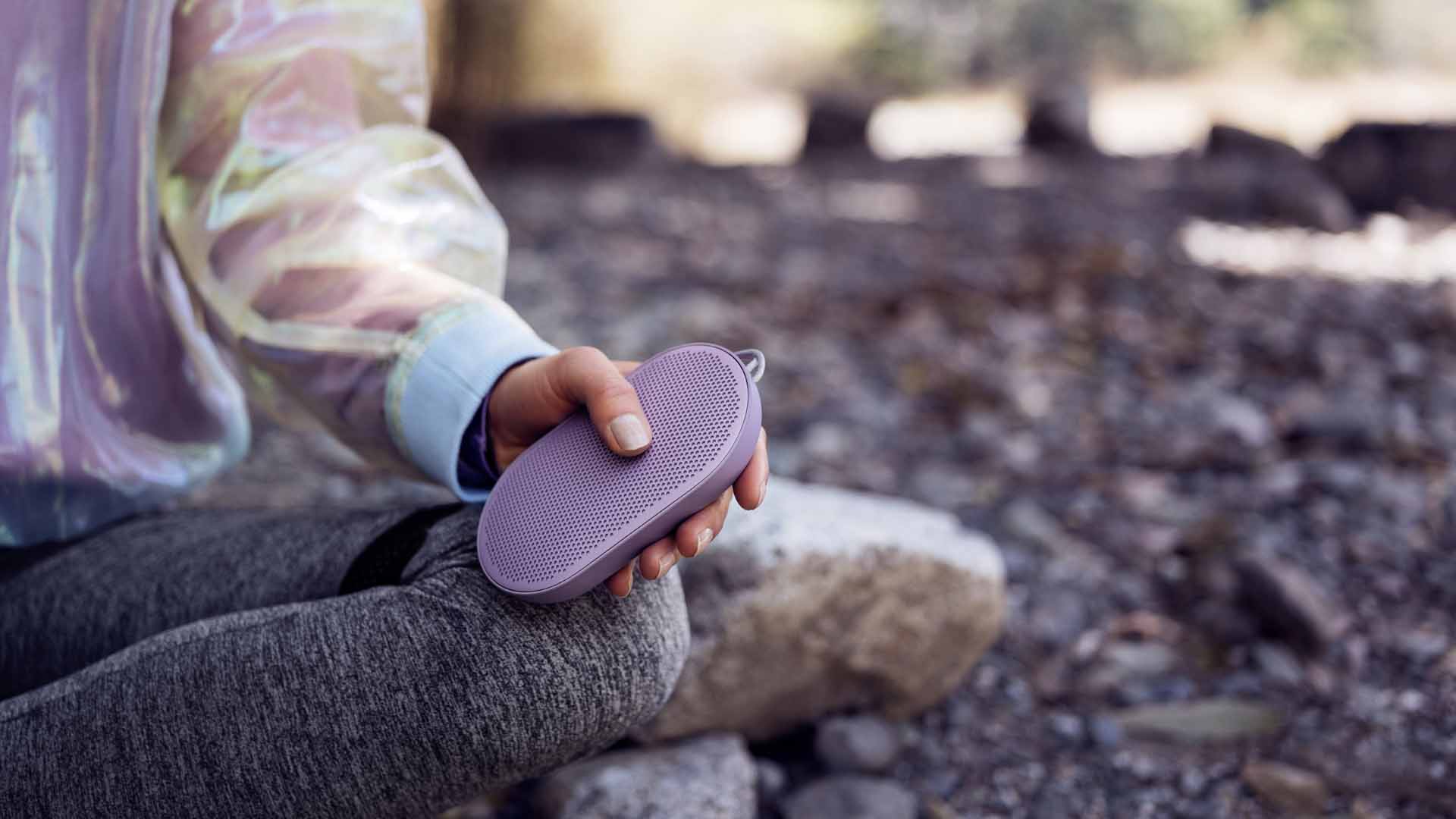
6. Never… Play loud music
This is my own personal bugbear, but I’m finally getting to shout about it – playing music from your phone or a mini boom box as you walk along a public path is downright obnoxious. Wear earphones if you need to walk to your favourite tunes, or better yet, just enjoy the peace and quiet.
7. Never… Wing your route
It sounds boring, but you do need to plan your hiking adventure before you set off – plan a rough route both on a physical map and on your phone, estimate how long you’ll be out, check you have more than enough water and let someone know where you’re headed, especially if you’re hiking alone. Carry a safety kit just in case you’re hiking for longer than you thought, including a first aid kit, head torch, extra water and a portable charger.
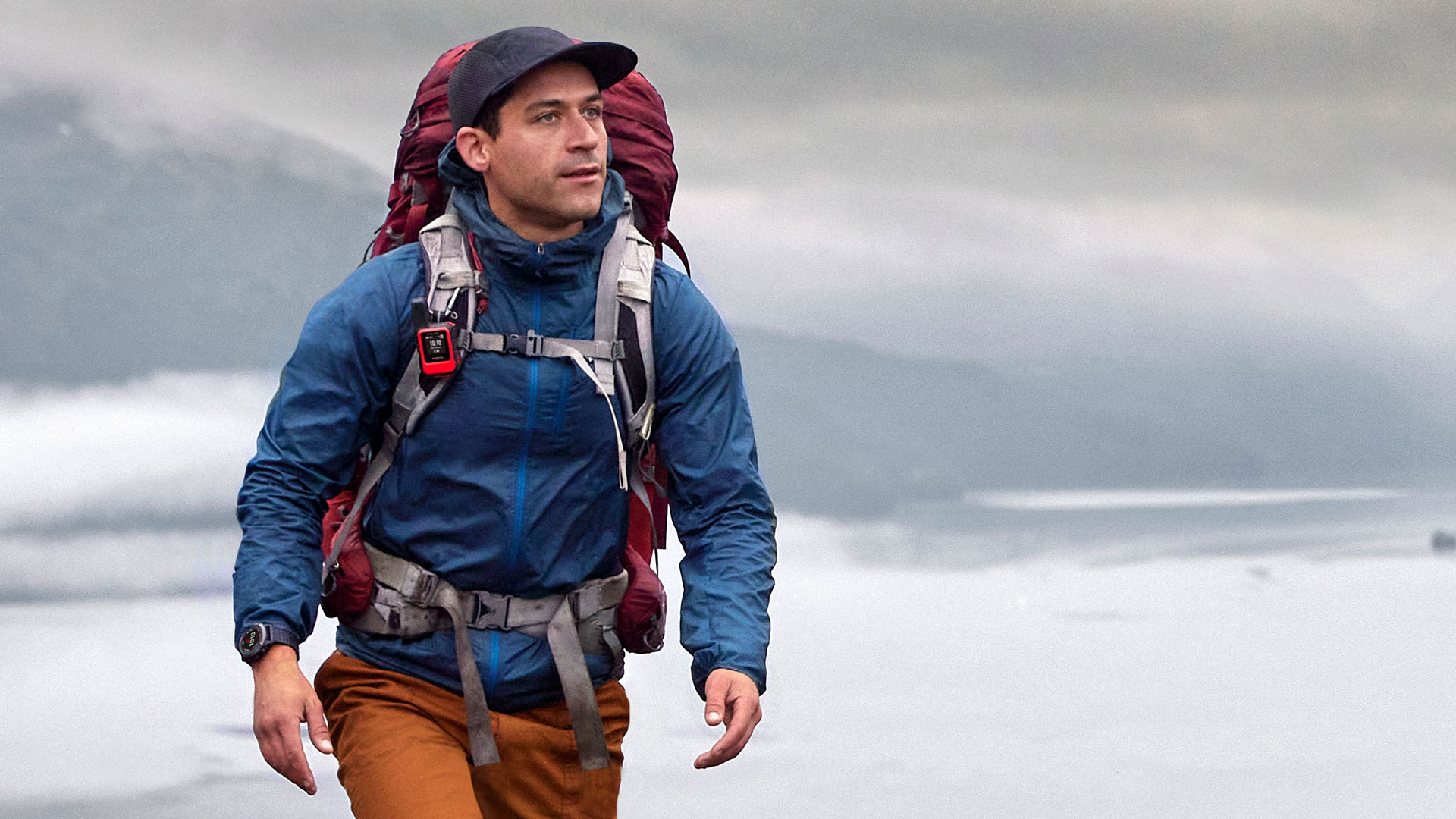
8. Never… Rely on your phone
Your phone is a brilliant aid for hiking adventures – you can use apps like Komoot to create and download routes to follow, map your journey and even check real-time weather conditions. But phones have an uncanny knack for conking out just when you need them most – so make sure you also carry a physical map (and that you know how to read it!) and a compass for navigation. On extreme expeditions in the wild, invest in a hiking GPS unit to keep you connected.
9. Never… Overspend on kit
Hiking clothing and equipment can look intimidatingly expensive to newbies, and you could easily spend tons of cash on the whole package of top-notch hiking boots, shiny new backpacks and accessories if you were so inclined. But no one wants to be the ‘all the gear and no idea’ hiker in the brand new shiny togs - shop savvy instead by looking for second-hand clothing (army surplus stores and Ebay are good places to start), grabbing a bargain from high street outdoors outfitters or even borrowing kit from friends if you’re still working out what you need to invest in. Once you own a good hiking kit, keep it in good clean condition, and it should last you for years.

Sian Lewis is an award-winning travel and outdoors writer, author and influencer. She's the author of popular blog and book The Girl Outdoors, and when
she isn't writing or travelling she spends most of her time hiking, cycling and wild swimming across Britain, testing out the latest adventure gear and clothing as she goes.